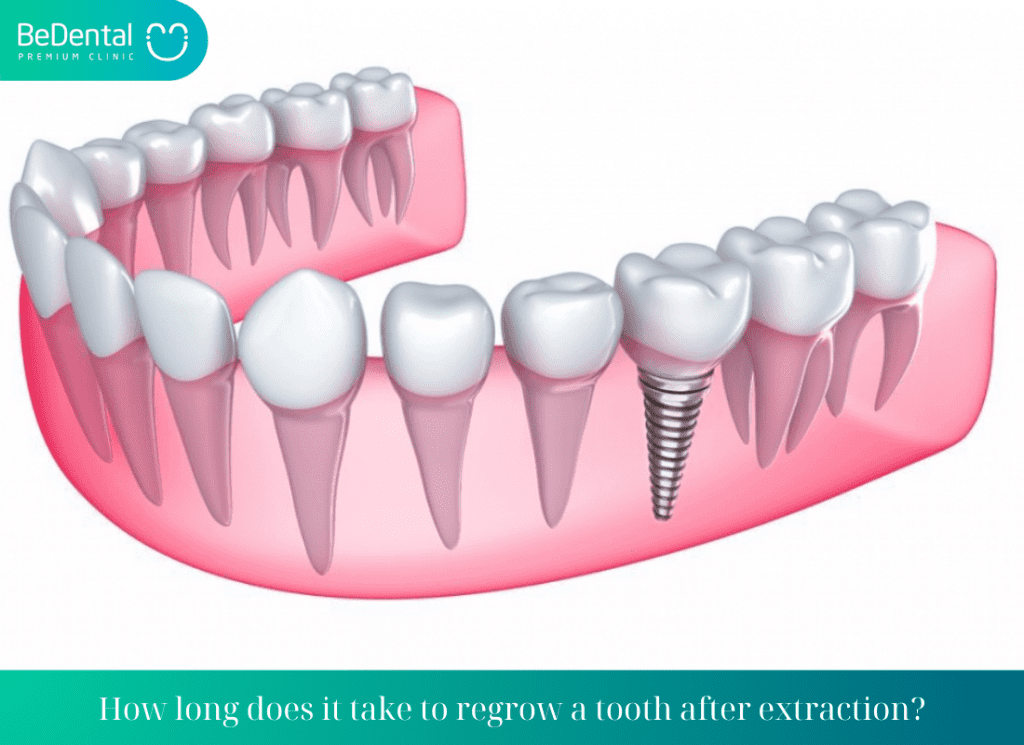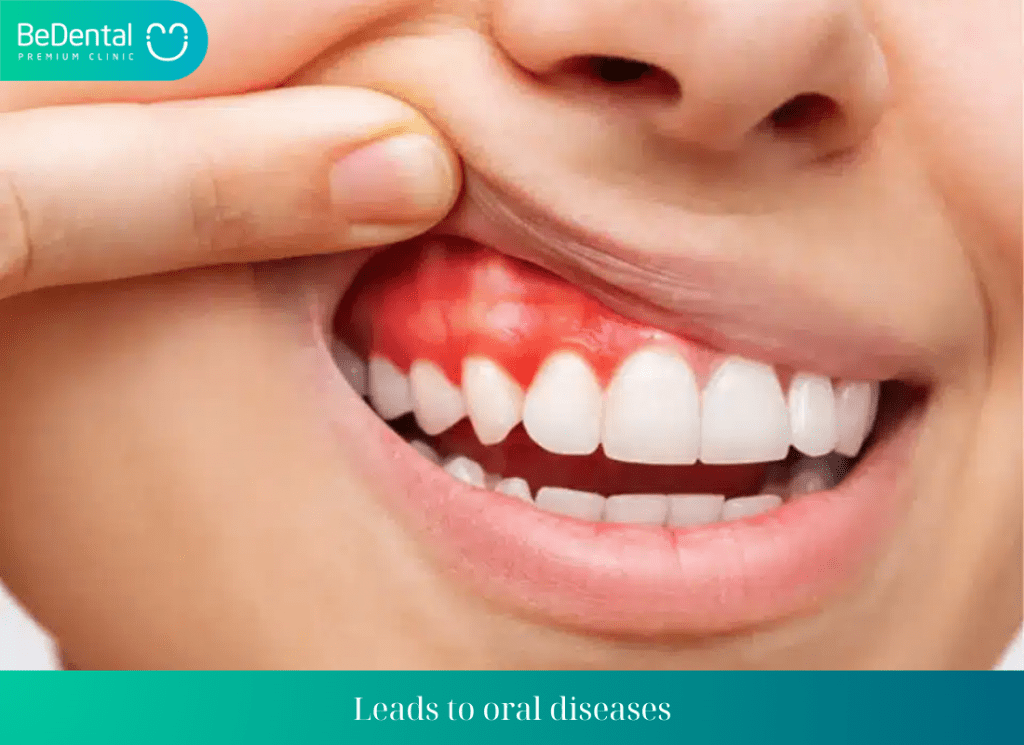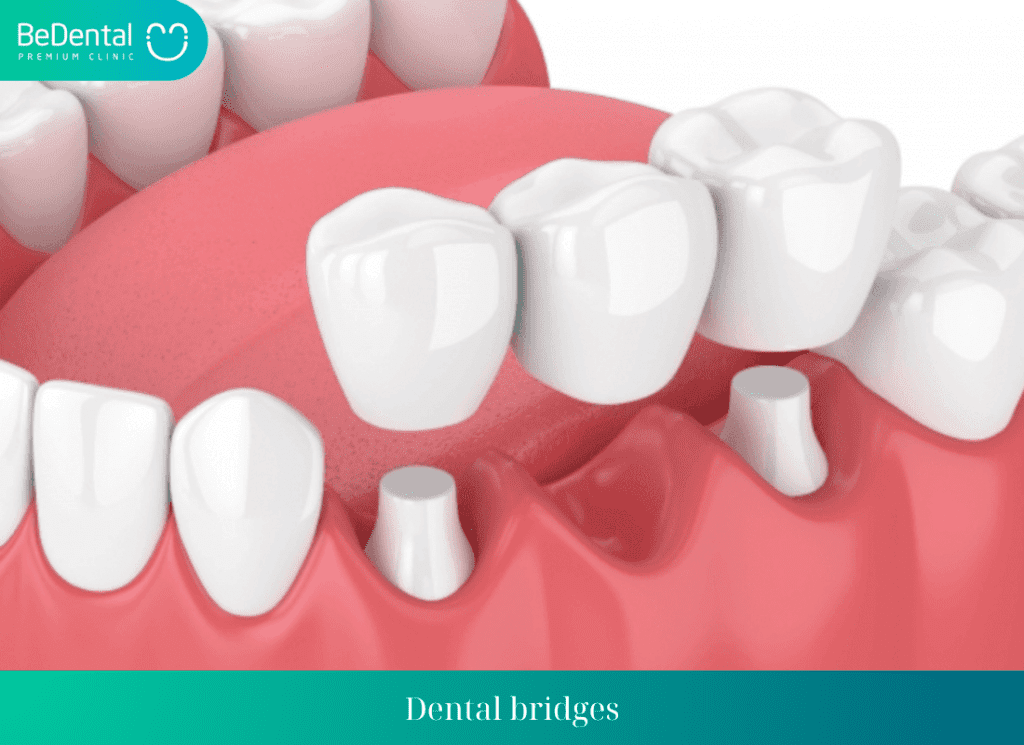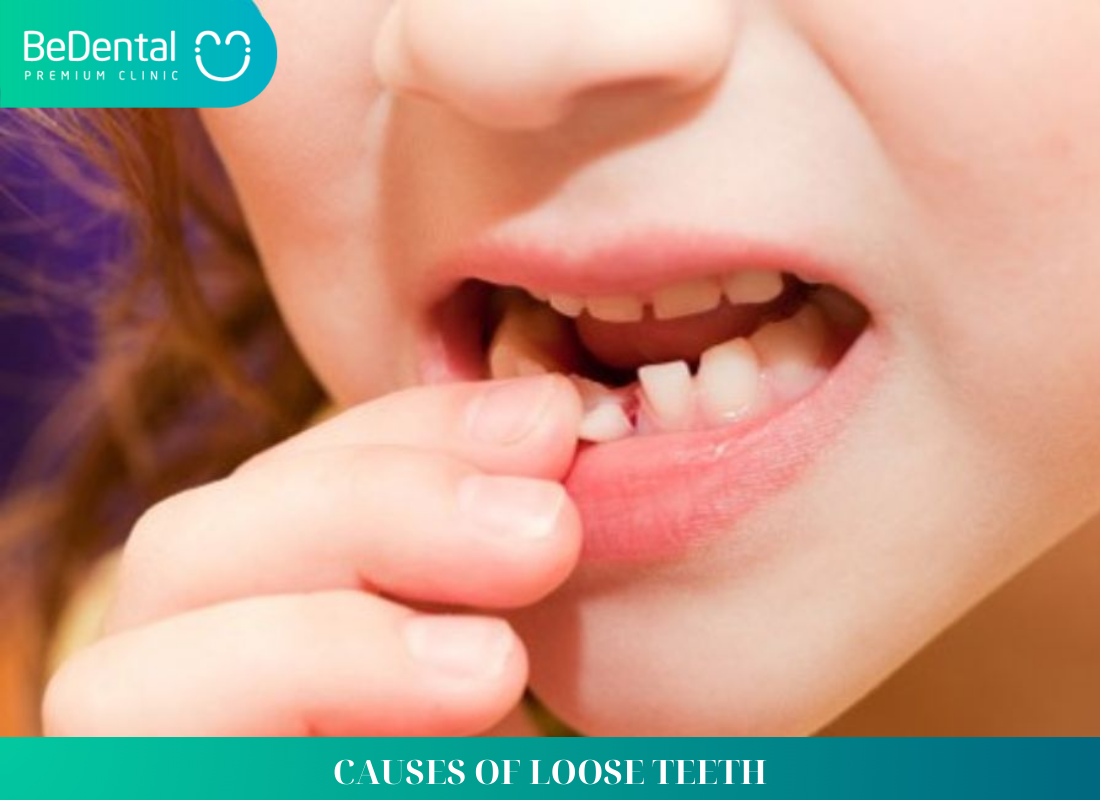What is tooth Regrowth Time After Extraction? The required time usually varies depending on each specific case. An important aspect that doctors recommend patients to pay attention to is understanding thoroughly the appropriate timing for implanting false teeth after tooth extraction.
This will impact safety and the final outcome. Detailed and in-depth information can be further explored in the content of the article below, shared by experts.
What is tooth Regrowth Time After Extraction?
The time needed to regrow a tooth after extraction depends on various factors such as the wound healing condition after extraction, the method of tooth implantation, and the oral health of the patient. Typically, it takes about 3-6 months for the extraction wound to heal completely, but it may take longer for older individuals or those with weakened immunity.
Usually, 1-2 months after tooth extraction, flexible false teeth like porcelain bridges or removable dentures can be implanted. As for fixed false teeth (implants), they can be implanted about 2-3 months after tooth extraction. For elderly patients or those with significant post-extraction wounds, the healing time may need to be longer.

For the restoration of missing teeth with removable dentures or porcelain bridges, it typically takes about 3 months after tooth extraction to proceed. Unless it is an implant placement, you can have the implant done immediately after tooth extraction if your jawbone is of good quality and in good health. In cases where a tooth has been previously extracted, it is necessary to wait for the wound to heal before implant placement.
What are the factors affecting Regrowth speed
The regrowth speed after tooth extraction is influenced by a combination of individual factors and external elements. Age plays a significant role, as younger individuals tend to heal and regenerate tissues faster than older adults. Overall health status, including immune function and systemic conditions, can impact the body’s ability to repair and regenerate tissues.
Bone density and quality are crucial factors, as adequate bone support is essential for successful regrowth. Smoking or tobacco use can impair healing and delay regrowth by reducing blood flow and tissue oxygenation. Proper oral hygiene practices, such as gentle brushing and rinsing, can create an optimal environment for regrowth. The type and extent of the tooth extraction procedure, as well as any post-operative complications, can also affect regrowth speed.
Adhering to the dentist’s post-extraction care instructions, including dietary restrictions and medication usage, is vital for promoting efficient and successful regrowth. Overall, a combination of healthy lifestyle choices, diligent oral care, and professional guidance can contribute to faster and more effective regrowth after tooth extraction.
What happens if a missing tooth is not replaced?
In reality, many patients lose teeth but do not pay attention to replacing them with new false teeth. This neglect can pose risks because over time, tooth loss can lead to unforeseen consequences such as:
Decreased chewing function
Each tooth in the dental arch plays a crucial role in the eating process by coordinating smoothly to bite, tear, and grind food effectively. Losing a tooth at any position significantly affects the chewing function. Patients will have difficulty chewing food effectively, leading to less enjoyable eating experiences.
See more: Can cavities be braced?
If food is not adequately chewed over time, the digestive system will be overloaded, increasing the risk of gastrointestinal disorders in the stomach, intestines, and decreasing nutrient absorption. This can result in fatigue and weakness.
Aesthetic decline, speech impact causing a lack of confidence in communication
Losing a tooth, especially a front tooth, can lead to an uneven appearance in the jaw, making smiling and speaking difficult. Prolonged front tooth loss also affects speech pronunciation, causing inaccuracies and unclear sounds. All of these issues can make patients feel self-conscious and embarrassed in daily communication, leading to a significant decline in work and academic performance.

Cause bone resorption leading to sunken cheeks, misaligned teeth
After tooth loss, the jawbone begins to deteriorate due to the lack of compensation for the gap in the tooth socket. This leads to a decrease in the tooth socket, causing the gums to recede and resulting in several issues such as:
- The teeth adjacent to the gap will tilt and misalign.
- The tooth opposite the gap often shifts backward.
- Causes misalignment of the bite joint, affecting the jaw and temporomandibular joint.
See more: At what age can children get braces
Leads to oral diseases
Tooth loss creates a gap in the dental arch, which provides an environment for bacteria and food debris to accumulate.
If oral hygiene is not maintained properly, bacteria can proliferate, leading to bad breath and serious issues such as cavities, pulpitis, gum inflammation, periodontitis…
Complications from tooth loss can have dangerous consequences. Patients should visit a reputable dentist early for advice and examination, choose the most suitable and effective method for implanting false teeth.
At the same time, understanding the timing for tooth implantation after extraction is crucial to ensure safety and desired outcomes, minimizing potential risks.

When is tooth extraction necessary?
Dentists always prioritize preserving real teeth for patients to avoid complications from tooth loss. This helps minimize the time and cost required for getting new false teeth implanted.
To determine if a tooth needs to be extracted, a dental examination and X-rays for diagnosing the tooth’s condition are necessary.
Tooth extraction is only performed when the tooth can no longer be preserved, when wisdom teeth grow in the wrong position causing complications, or to support orthodontic treatment. Tooth extraction is indicated in the following cases:
See more: Why do gums swell when getting braces
- Severe tooth decay, large cavities, significant damage to the real tooth leaving only the tooth’s base near the gum, causing persistent pain that cannot be treated with fillings or crowns.
- Severe pulpitis, pulp necrosis, not strong enough for chewing, multiple unsuccessful root canal treatments.
- Gum inflammation, periodontitis, tooth impaction, severe infection, loose tooth base, loss of normal eating ability.
- Accidents, trauma, significant fractures from strong impacts, severe damage that cannot be preserved.
- Wisdom teeth without aesthetic or chewing function, potentially causing complications for oral health, need early extraction.
- In the case of orthodontic treatment, the dentist may recommend extracting teeth to create appropriate space for shifting teeth into the correct position.
A summary of common permanent tooth restoration methods today
After permanent tooth extraction, there are various methods for restoring lost teeth. Here are the three most common permanent tooth restoration methods today.
Removable dentures
- Advantages: Quick restoration time, low cost, and easy removal for daily cleaning.
- Disadvantages: Short lifespan, only 3-5 years. Limitations when eating hard or tough foods as the dentures may fall out. Additionally, the use of removable dentures does not prevent jawbone resorption, gradually affecting the surrounding teeth and your overall facial structure.
Dental bridges
- Advantages: Better chewing ability restoration compared to removable dentures, as the teeth are fixed and firm.
- Disadvantages: Requires grinding down of two healthy teeth to serve as abutments, leading to potential weakening of these teeth. Incorrect grinding can damage both real and false teeth. The lifespan of dental bridges is relatively short, about 7-10 years. Additionally, this method does not prevent jawbone resorption, potentially accelerating facial aging.
See more: Bone resorption when wearing braces

Dental Implant
What is an implant? Dental implantation is considered the most effective method for restoring lost teeth and is widely trusted by many people nowadays due to its outstanding advantages.
- Advantages: Restores chewing ability and aesthetics almost identical to real teeth up to 99%. With this method, you only need to get implanted once but can use it for a lifetime, helping maximize cost savings. Additionally, this is currently the only method that helps prevent jawbone resorption.
- Disadvantages: Currently, dental implants have almost no disadvantages related to effectiveness or lifespan.
What to do while waiting for Tooth regrow?
- Maintaining good oral hygiene by gently brushing the remaining teeth and gums.
- Avoiding smoking or using tobacco products, as they can hinder the healing process.
- Following a soft diet to avoid putting pressure on the extraction site.
- Taking any prescribed medications or pain relievers as directed by the dentist.
- Attending follow-up appointments with the dentist to monitor healing progress.
- Being cautious with physical activities to prevent injury to the extraction site.
- Contacting the dentist if any unusual symptoms or complications arise during the healing period.
See more: Will braces cause protrusion?
Conclusion
In conclusion, the regrowth time for a tooth after extraction varies depending on the individual and specific circumstances, with dental implantation being a highly effective and long-lasting option for tooth replacement.
The article has helped you answer the question of how long after tooth extraction can you get an implant? I wish you a smooth and successful treatment process!







